Category: Science
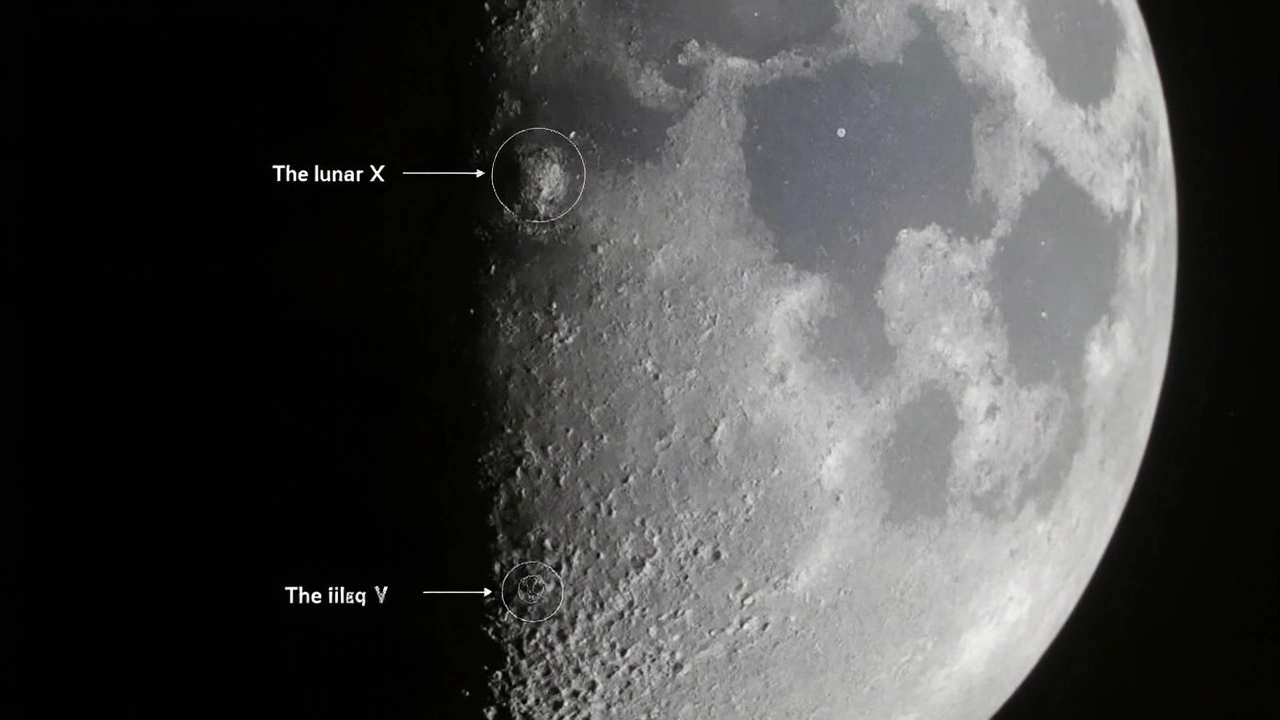
Moon's Surface to Display Striking 'X' and 'V' Patterns on July 2: How to Catch this Rare Lunar Illusion
On July 2, 2025, a rare optical illusion will create large 'X' and 'V' patterns on the moon's surface. This fleeting effect, caused by the interplay of sunlight and lunar craters, will be best seen near sunset. Stargazers in the northern hemisphere can catch the spectacle for about four hours before the first quarter moon phase.
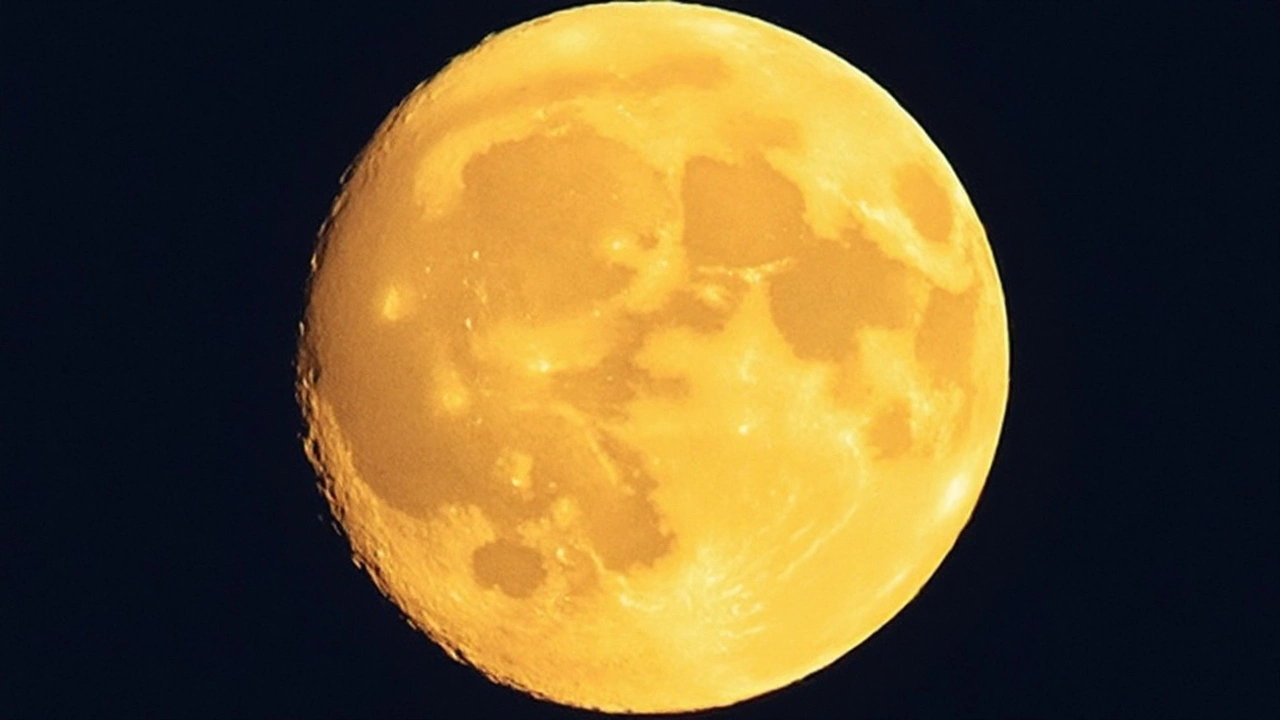
Buck Moon 2025: How to See July's Brightest Full Moon and Its Surprising Origins
The Buck Moon—the July full moon—hits its brightest point on July 10, 2025, at 4:37 p.m. EDT. It’s named after the swift antler growth of bucks during this time. Moonrise times differ worldwide, and the moon appears full for three nights. This year’s Buck Moon follows Earth’s aphelion, making it 2025’s farthest full moon.
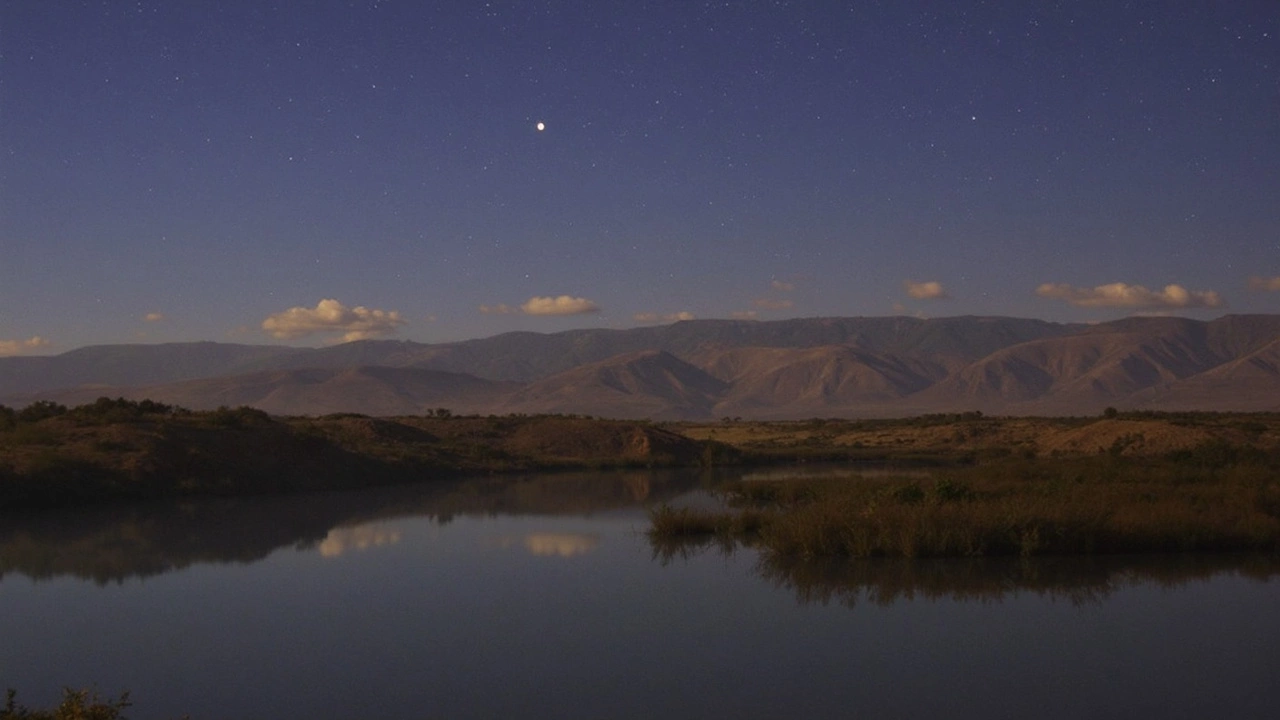
July 2025 Skywatching: Planets, Constellations, and the Best Celestial Sights According to NASA
July 2025 brings a packed skywatching schedule: Mars shines at dusk, Mercury appears briefly after sunset, Venus dazzles in the morning with Jupiter joining mid-month, and Saturn lights up the late night. The Aquila constellation becomes easy to spot, with the best views once the Moon sets.
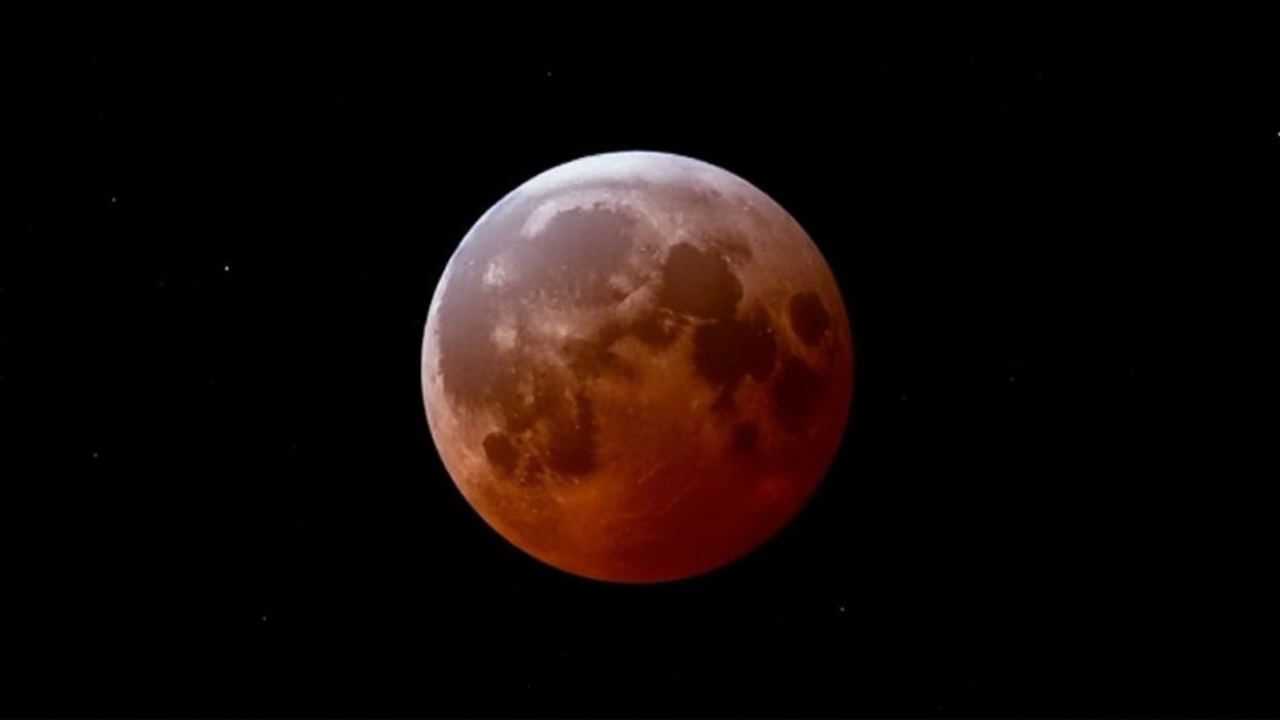
Capture the Magic of a Blood Moon: Stunning Photos of the 2025 Total Lunar Eclipse
On March 14, 2025, the 'Blood Worm Moon' captivated skywatchers worldwide, as the first U.S.-visible total lunar eclipse since 2022 unfolded. The event showcased a deep red moon, offering photographers unique opportunities to capture its beauty against iconic backdrops. The next chance to witness such an event will be in September 2025, mainly across Asia and Australia.
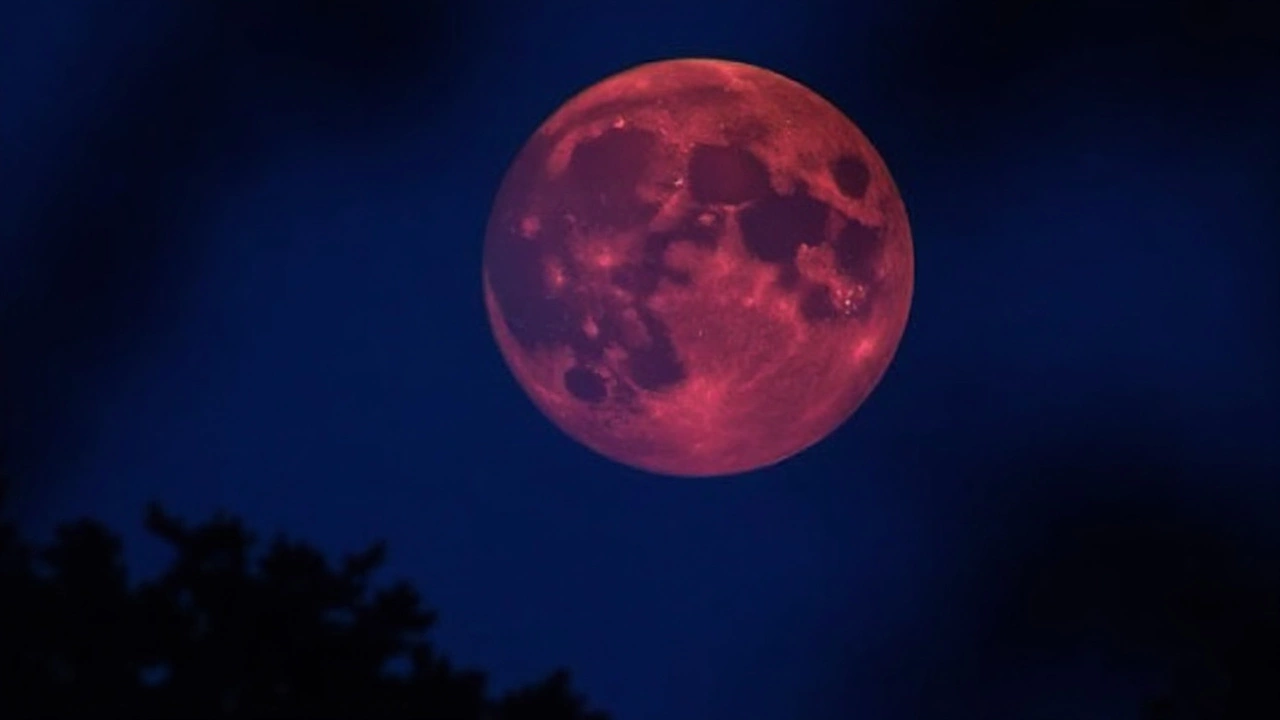
Catch the Mesmerizing 'Blood Moon' Lunar Eclipse Tonight: No Telescope Required
On March 13-14, 2025, parts of the Western Hemisphere can witness a stunning blood moon. This lunar eclipse paints the Moon a reddish hue due to Earth's atmosphere filtering sunlight. Totality lasts from 2:26 to 3:32 a.m. ET. No telescope is needed, but binoculars enhance the view. The next spectacle is in 2026.
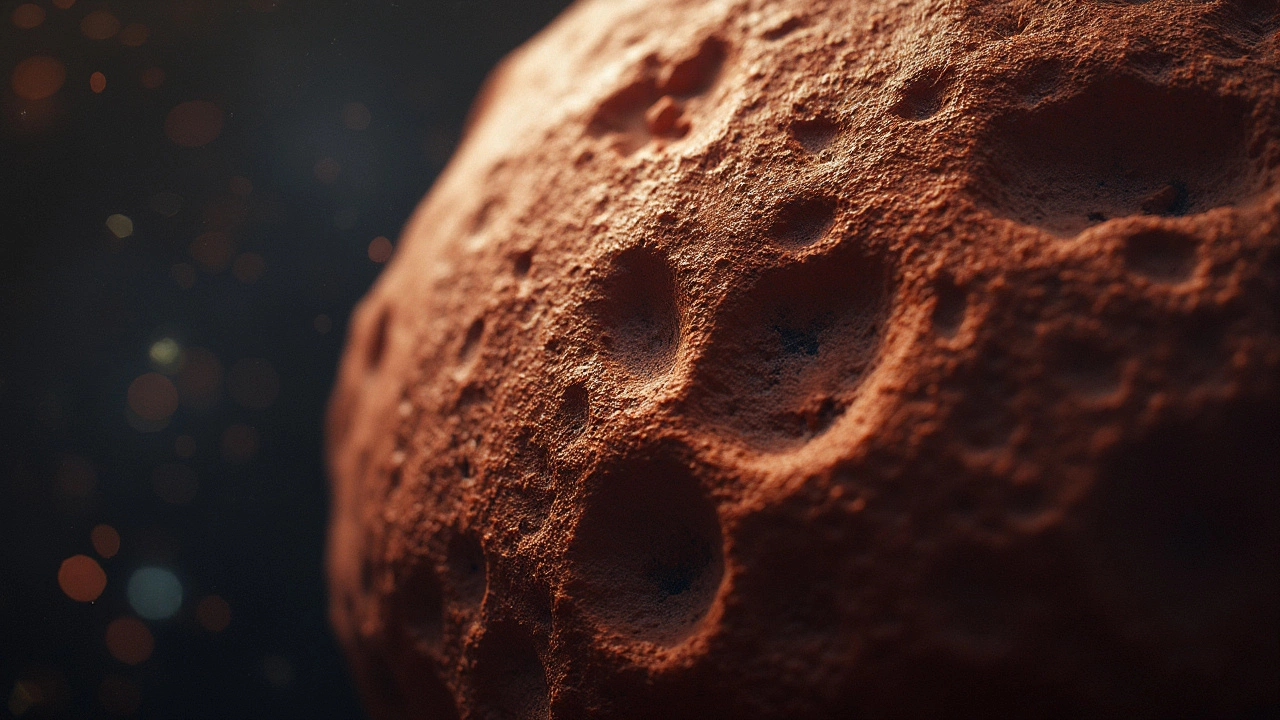
Potential 'City-Killer' Asteroid 2024 YR4 Could Threaten Earth in December 2032
Asteroid 2024 YR4 poses a 1.2% risk of an Earth collision in December 2032. Despite its low probability, its potential impact could mimic the destructive 1908 Tunguska event. International organizations like NASA and ESA are closely monitoring its path, with key observations planned from 2025 onwards. South America, sub-Saharan Africa, and Asia lie in the potential risk corridor.




